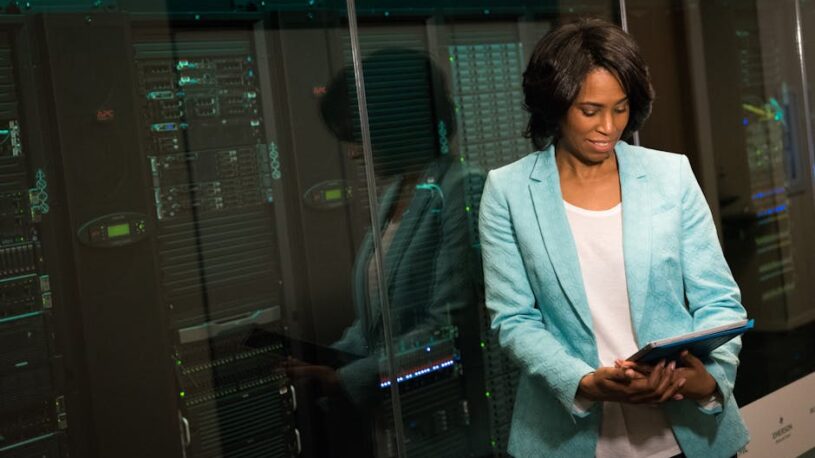

The Dangers of Using Smart Devices in Your Workplace IT Consulting and Support services in Austin Texas
There was a hugely popular commercial in the early 2000’s based around the concept of two guys, one who was prone to huge vulnerabilities, and the other who never had to deal with that problem. The commercial? Windows vs Macintosh, at that point already an old debate. In the commercial, it was claimed that Macintosh computers were less likely to have to deal with viruses than Windows computers. While the debate mainly comes down to cost, software and preference these days, the claim about Macs having fewer viruses was largely true at the time.
Today, this is no longer the case. Macs deal with viruses, ransomware and hacks at the same rate as Windows do. The reason that they didn’t deal with attacks as often was simply because they did not have the same level of market penetration as Windows, and the time to develop attacks was not yet worth it. It is the same situation today with smart devices in workplaces, as well as the myriad of “smart” Wi-Fi enabled tools and devices that can be connected to using Bluetooth. Where it might not have been a large vector of attack a few years ago, that is no longer true.
The Danger for Remote Workers
According to a study conducted by UTSA cybersecurity researchers, attacks on devices other than computers (smart thermostats, bulbs, cameras, home devices etc.) nearly doubled during the first months of the pandemic compared to the period before the pandemic started. According to their research, up to 9 in 10 smart devices send unencrypted information that can be intercepted by hackers. With more people working from home, this represents a real risk that their computer could become infected, especially if it is not properly protected. This is one of the reasons it is so important to have a cybersecurity plan in place. These attacks can jump from an employee’s laptop on to work servers, at which point they can deal a huge amount of damage.
The Danger for On-Site Workers
It’s not just homes, either. Forescout Technology recently released a report that shows that smart devices from over 150 manufacturers might have vulnerabilities that can be exploited. Besides consumer devices, affected systems include office routers, medical equipment, and critical infrastructure that is used widely—including in water and power plants. Some of their recommendations included making sure that critical systems were not connected to the internet and ensuring that they could not be connected to by anyone off-site. They also recommended using measures to limit who has access to these devices and to keep them separated from your network.
Why Smart Devices Are Vulnerable
Generally, smart devices focus on solving problems they think consumers might have. They do not generally spend a large amount of time focusing on security, and as a result can have sloppy security programming. While some of them might make use of open-source software (which can be its own double edged sword), even more of them use systems that are completely proprietary, meaning that you won’t know of a potential attack vector until it already happens. All of these issues only multiply when there are no defensive measures in place.
If you are currently unsure about devices that you have in your office, contact us today to schedule a cybersecurity review to see where you might be vulnerable!
IT Consulting Service & IT Support in Austin, Texas
If you are interested in finding a reputable managed IT Service company in Austin, Tx, look no further. tekRESCUE provides each company in Austin that we work with specialized IT service for their businesses. Having someone to turn to in Austin for IT consulting can give your company the edge it needs to be more competitive with your targeted audience.



